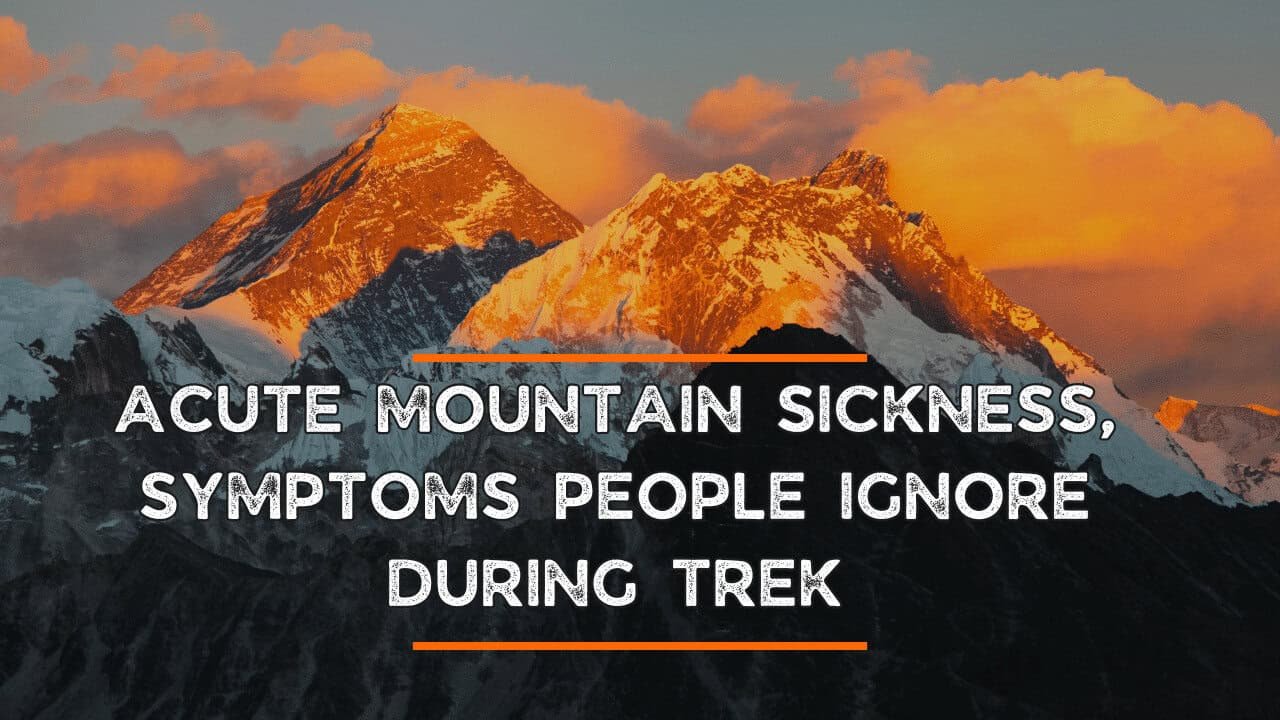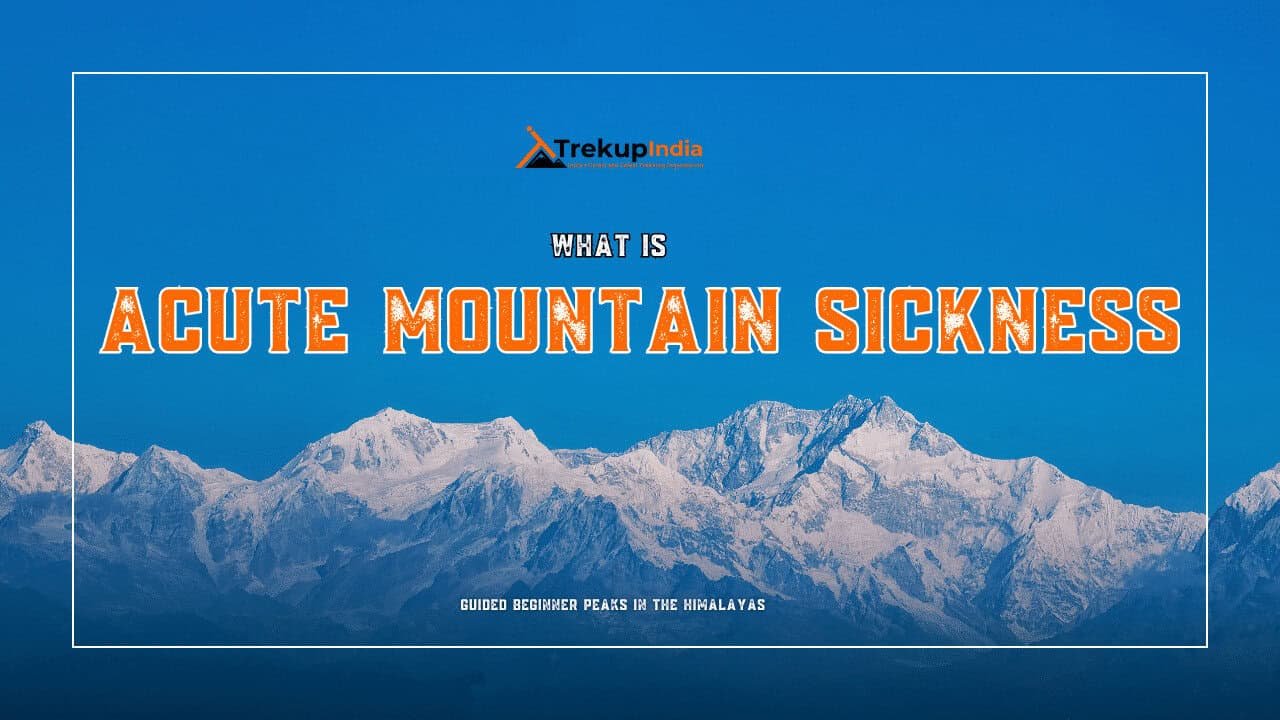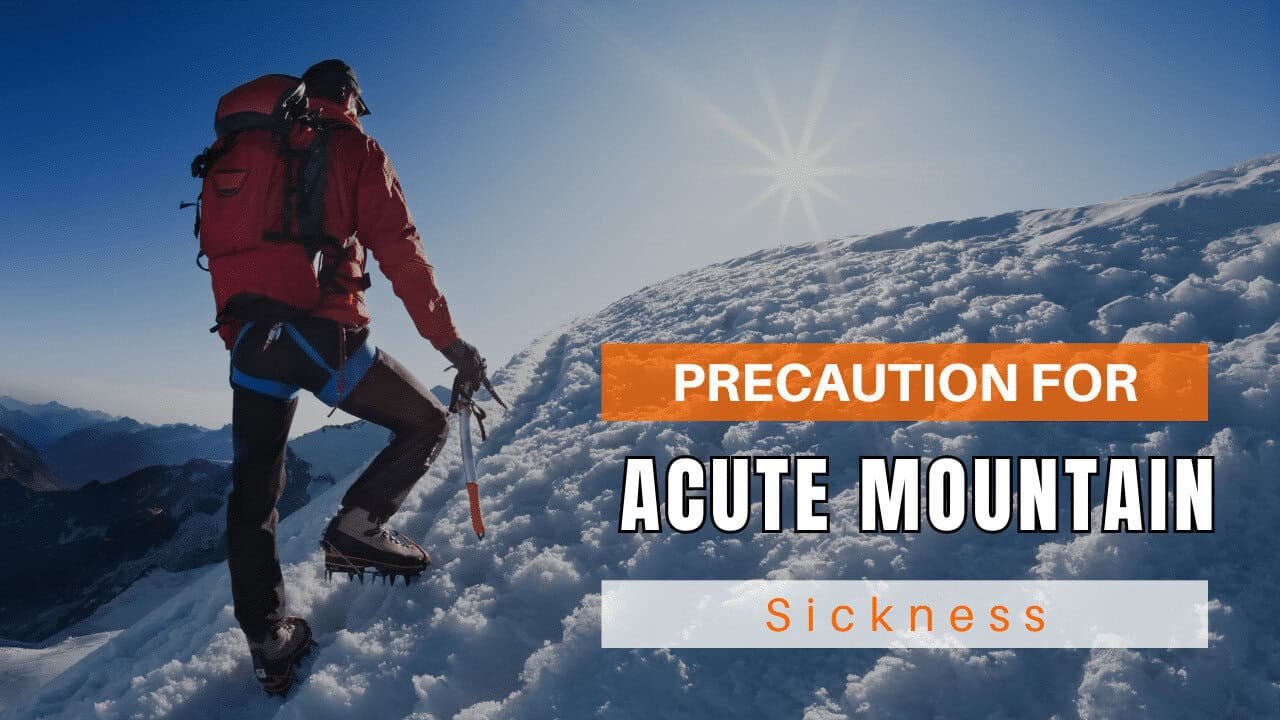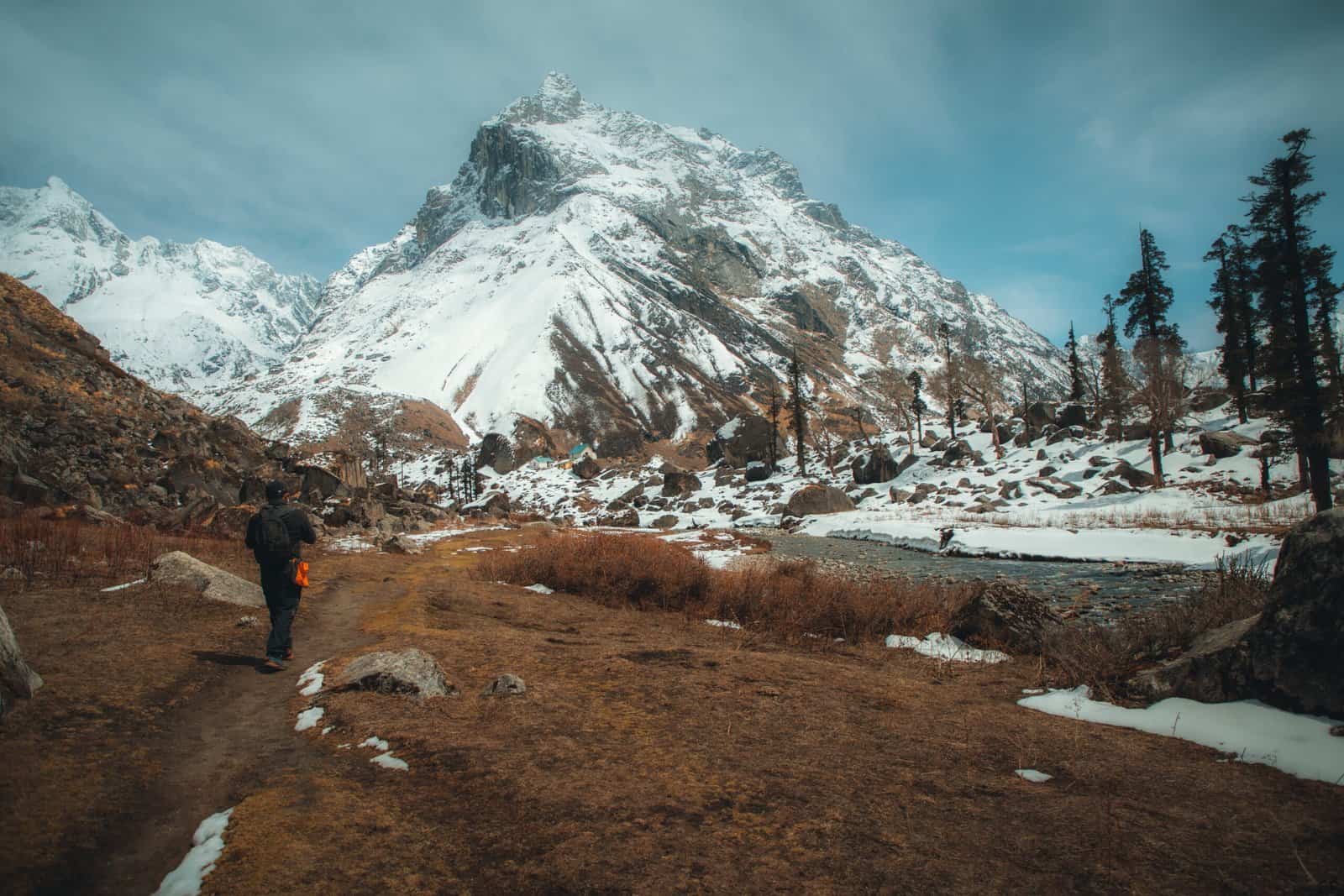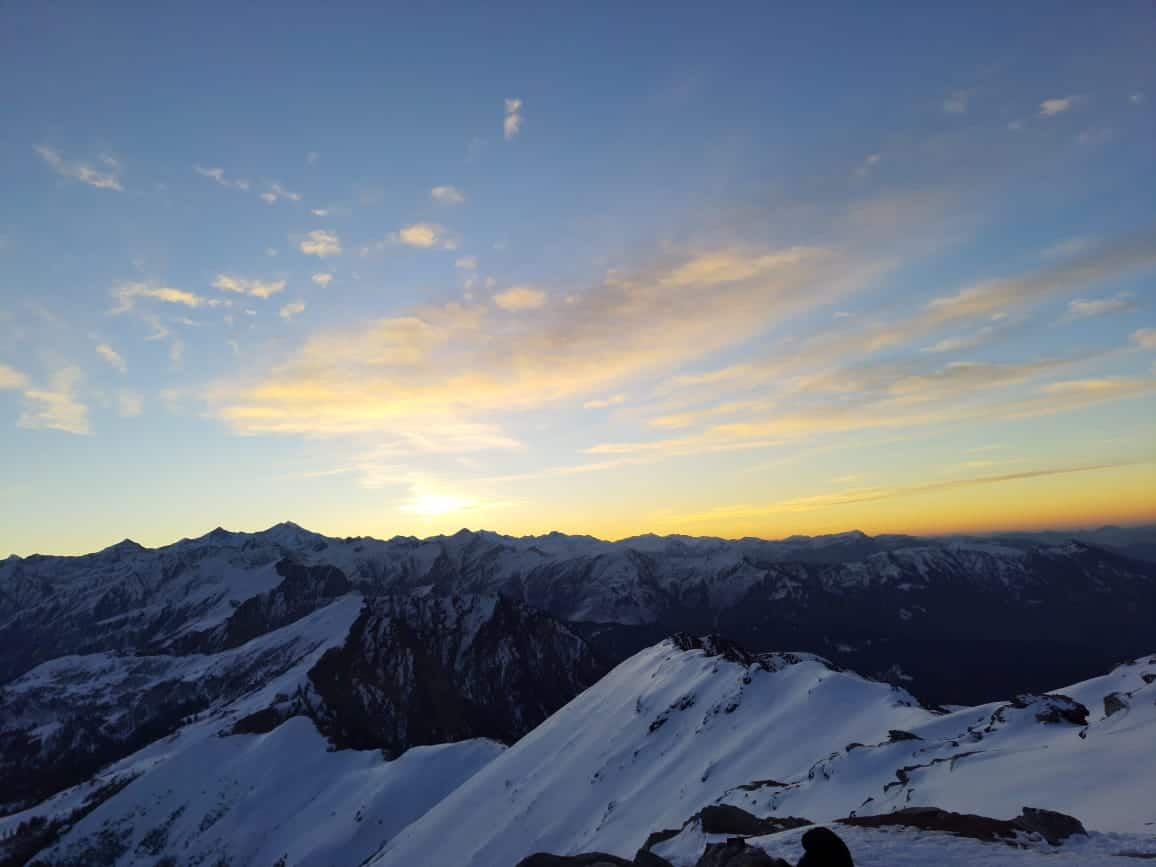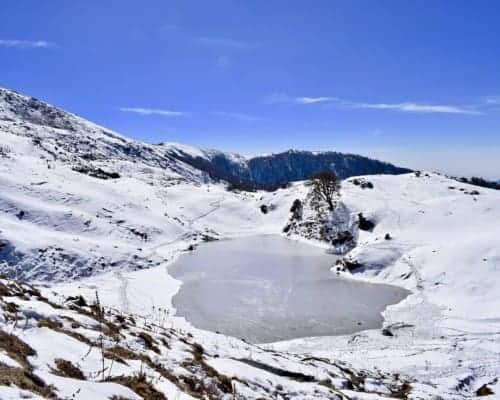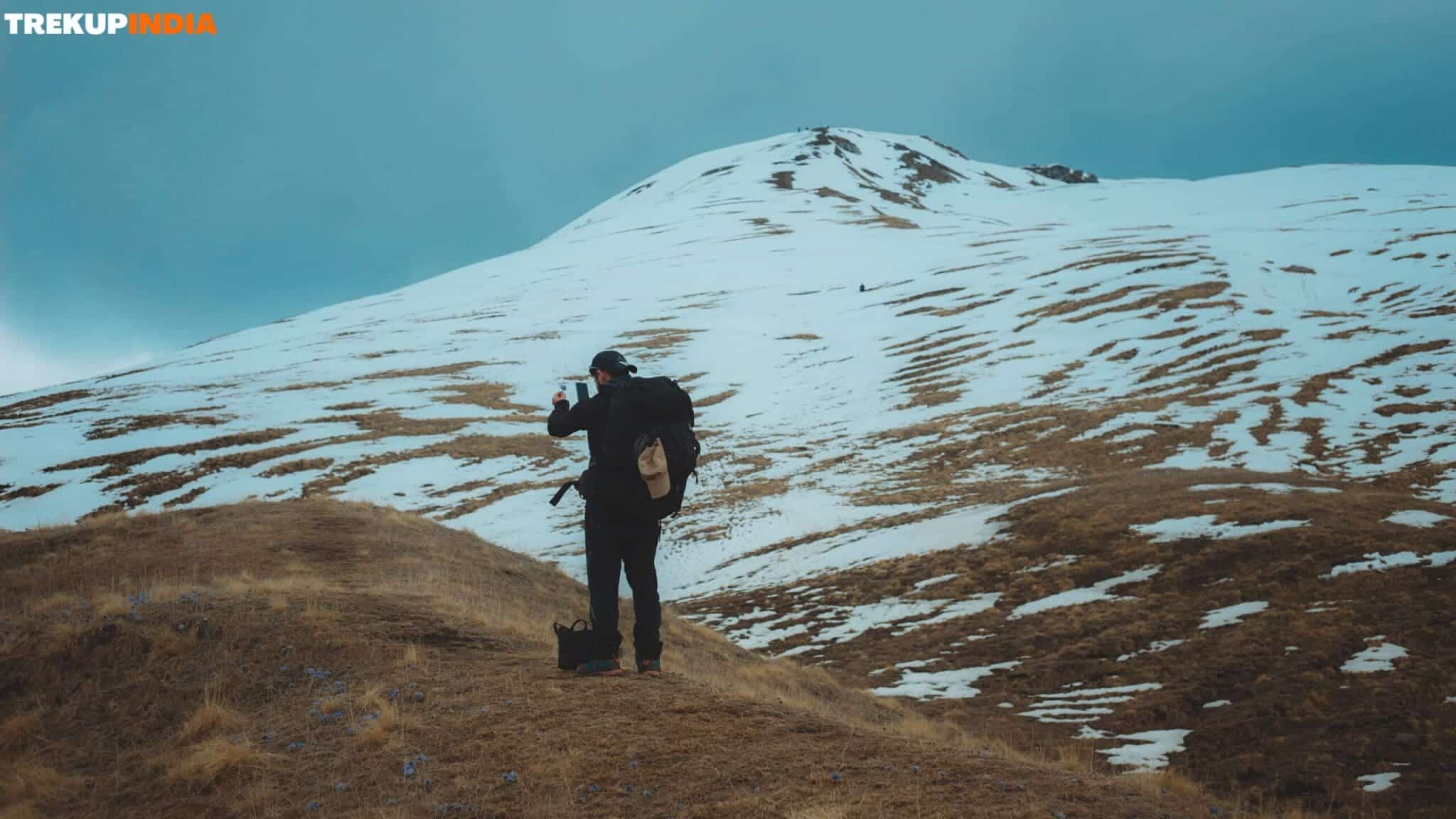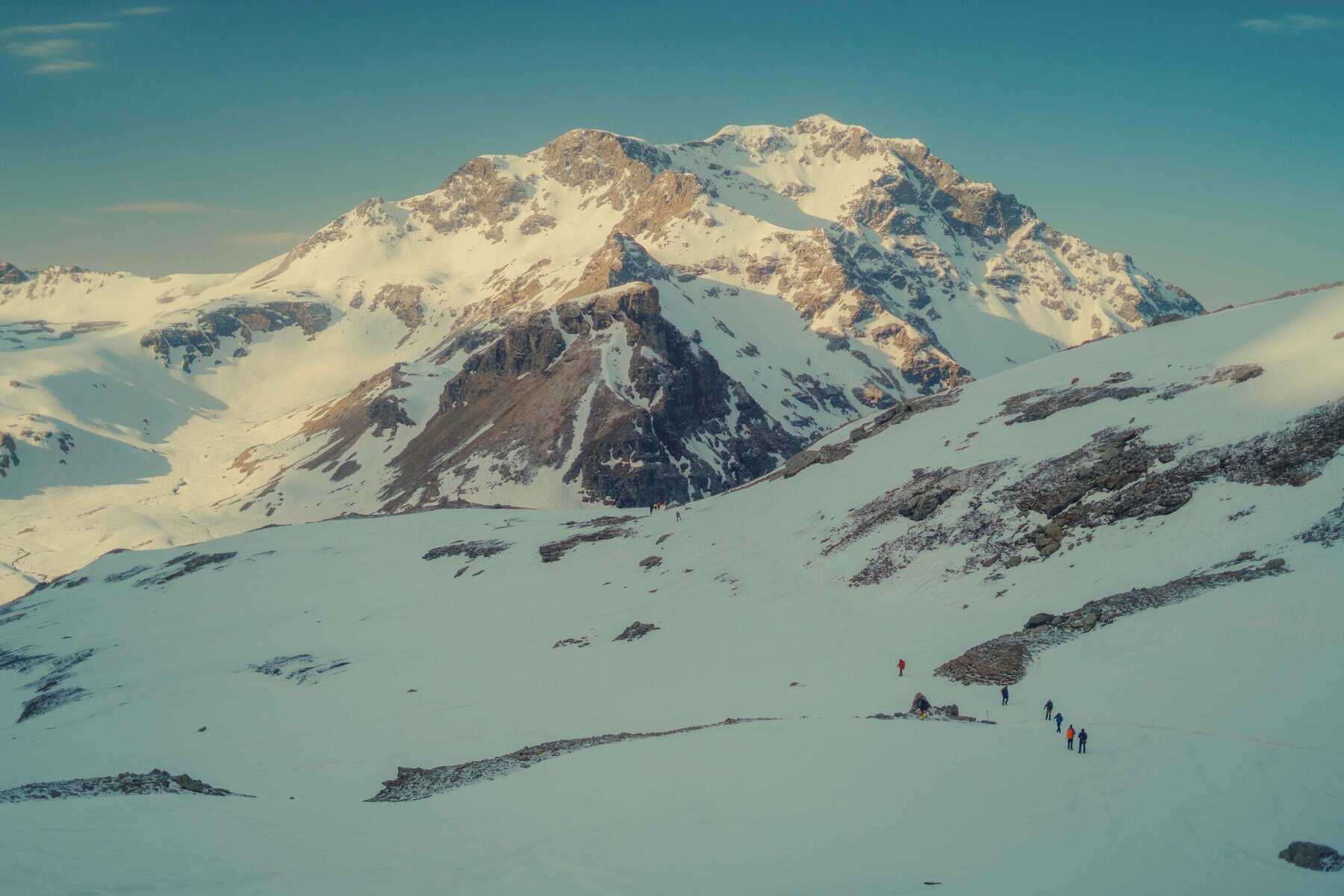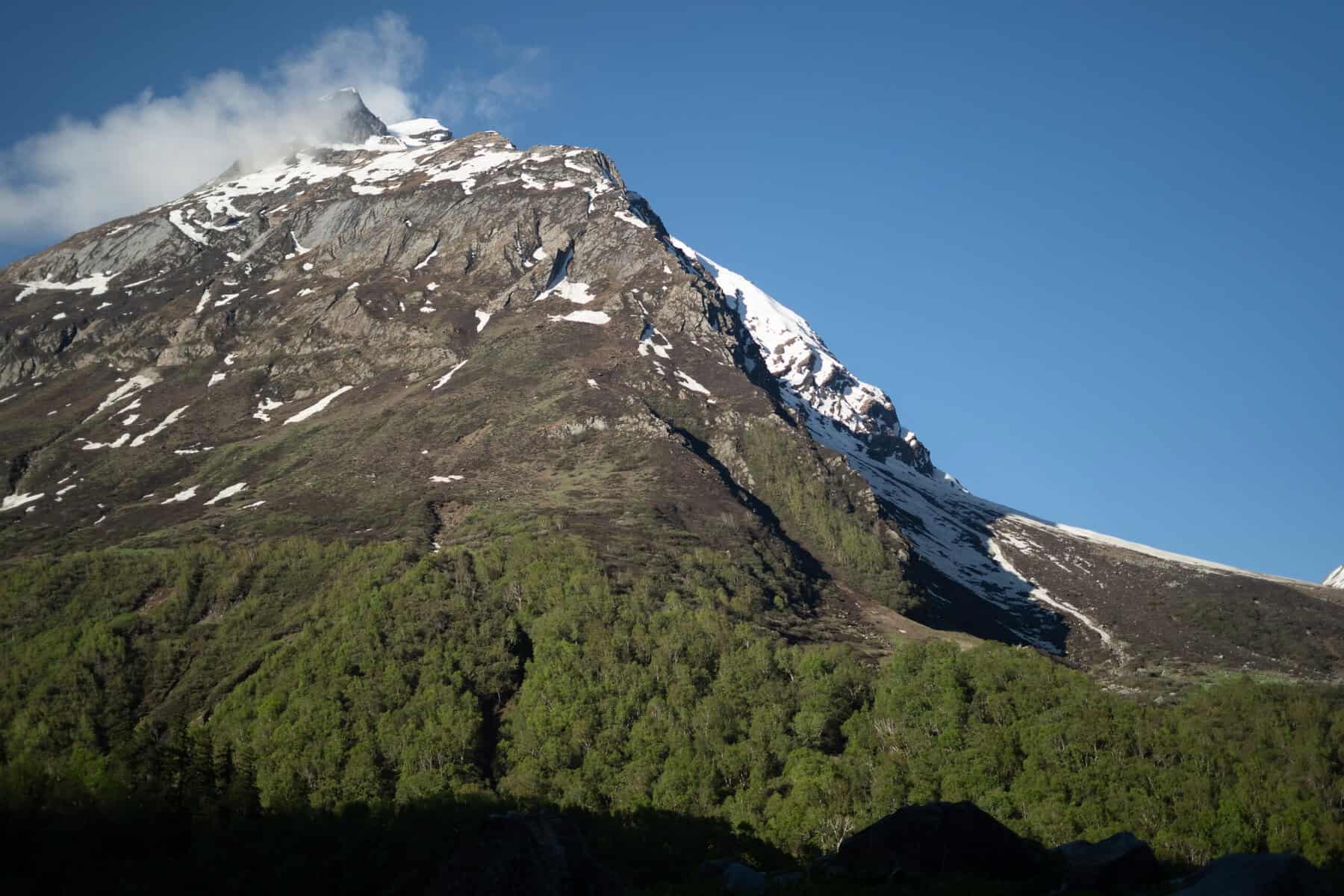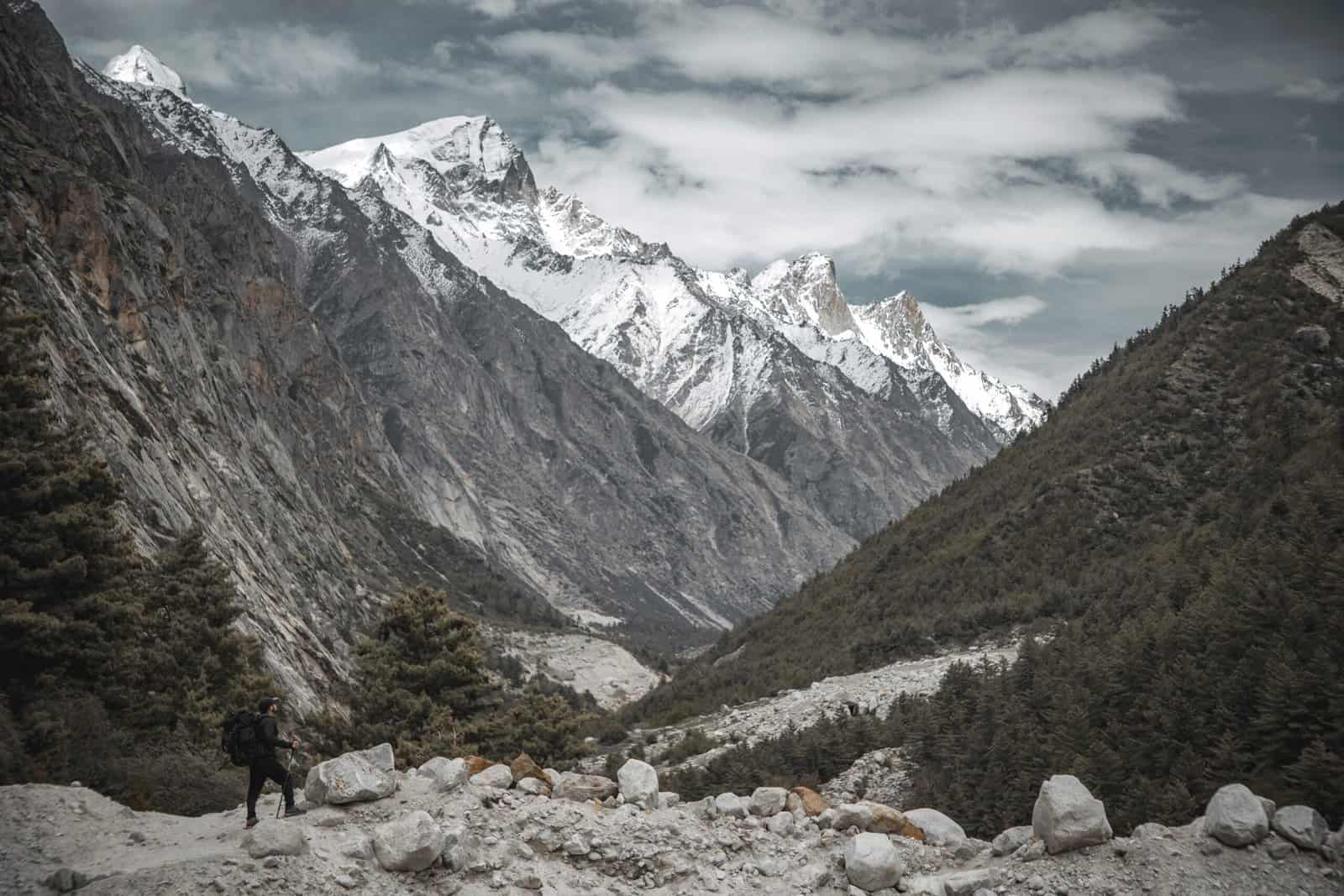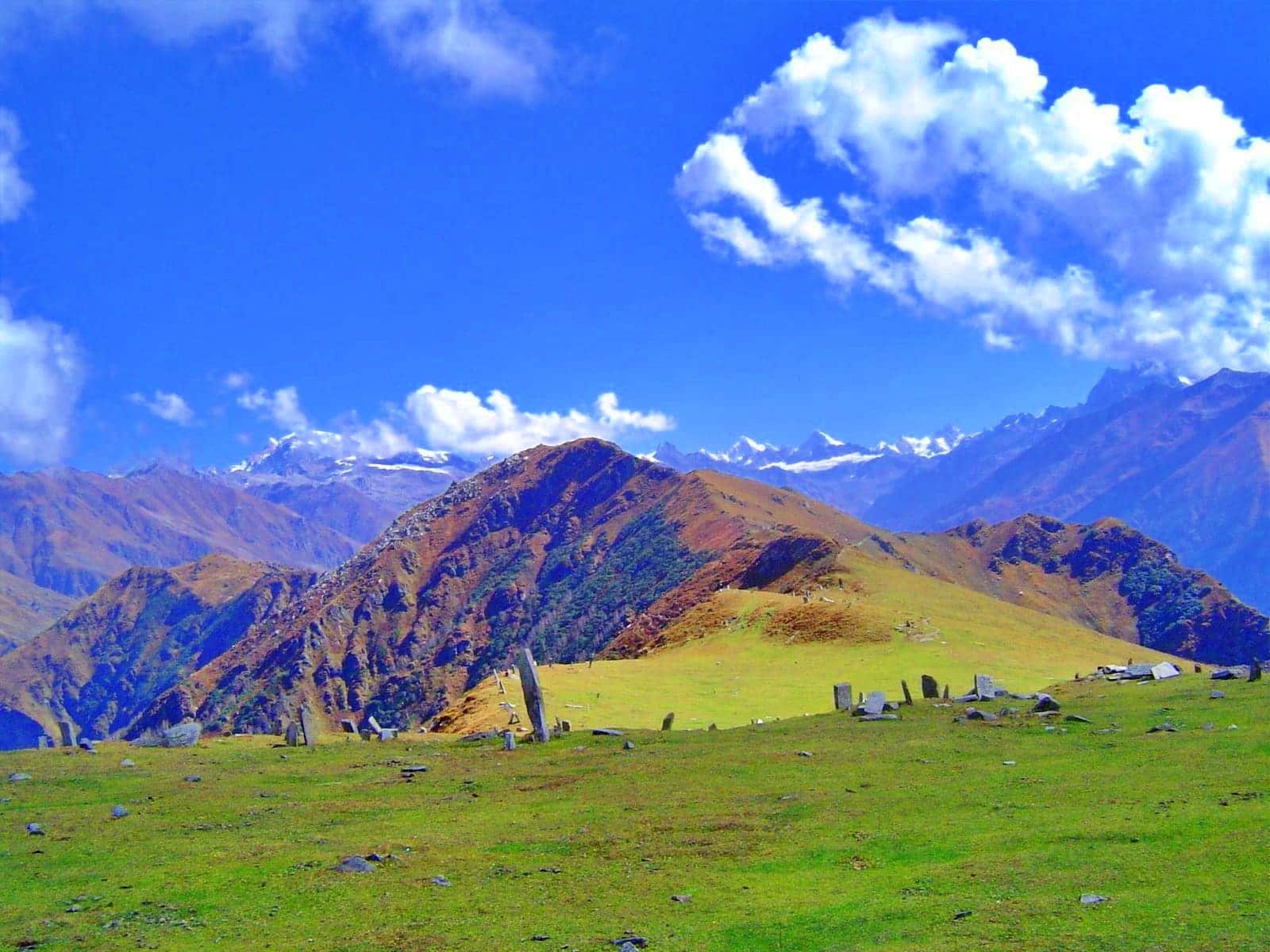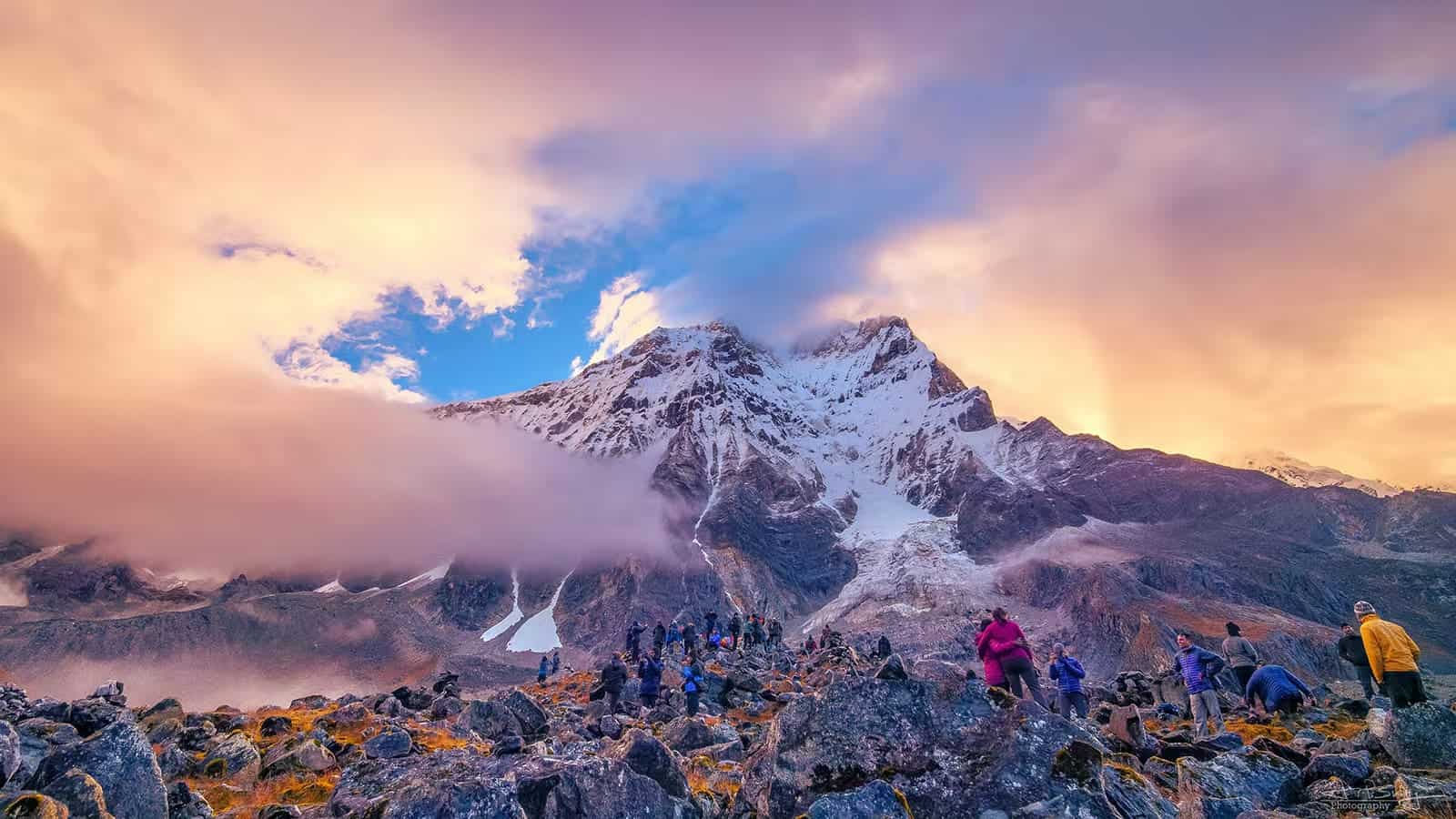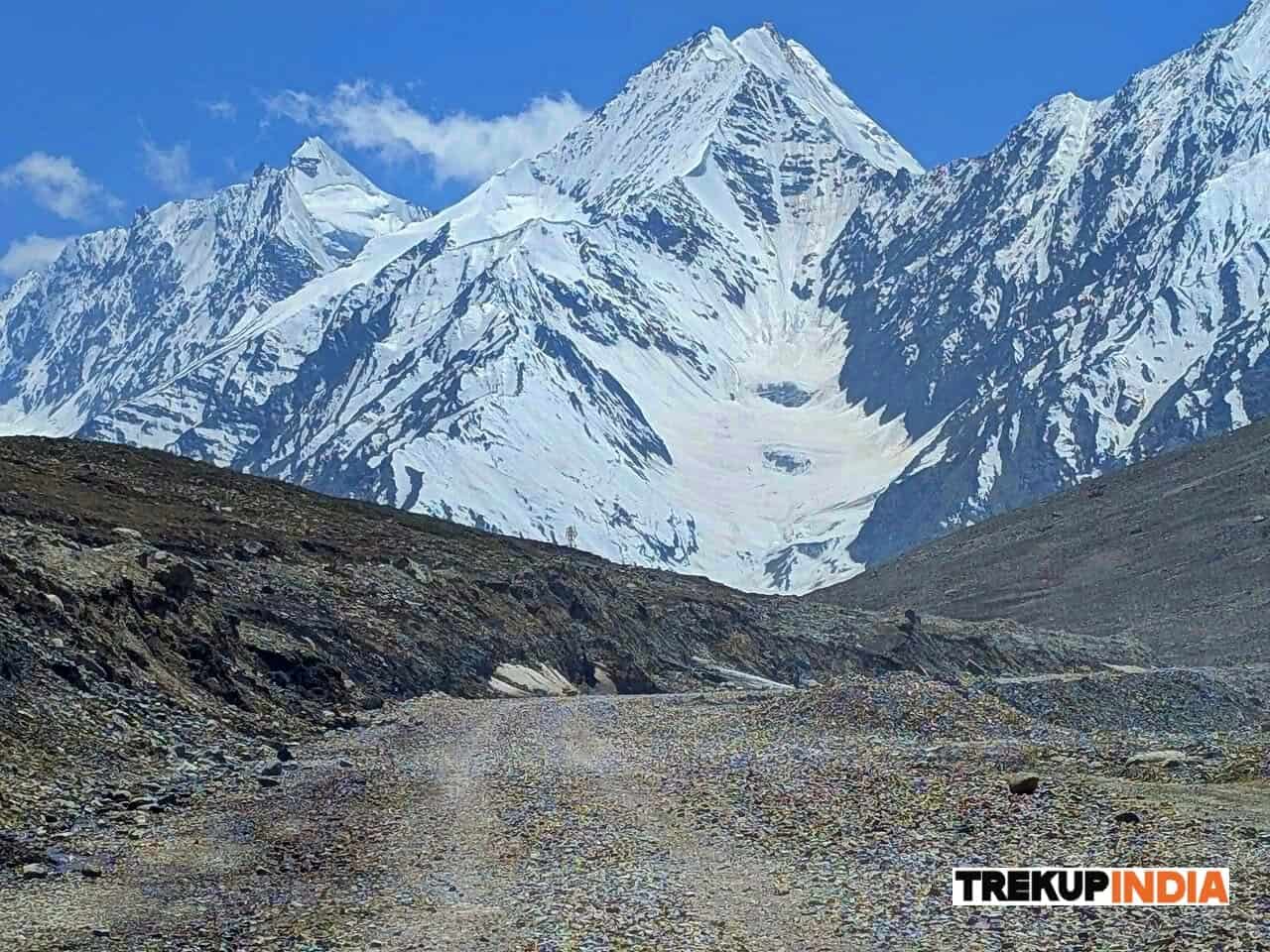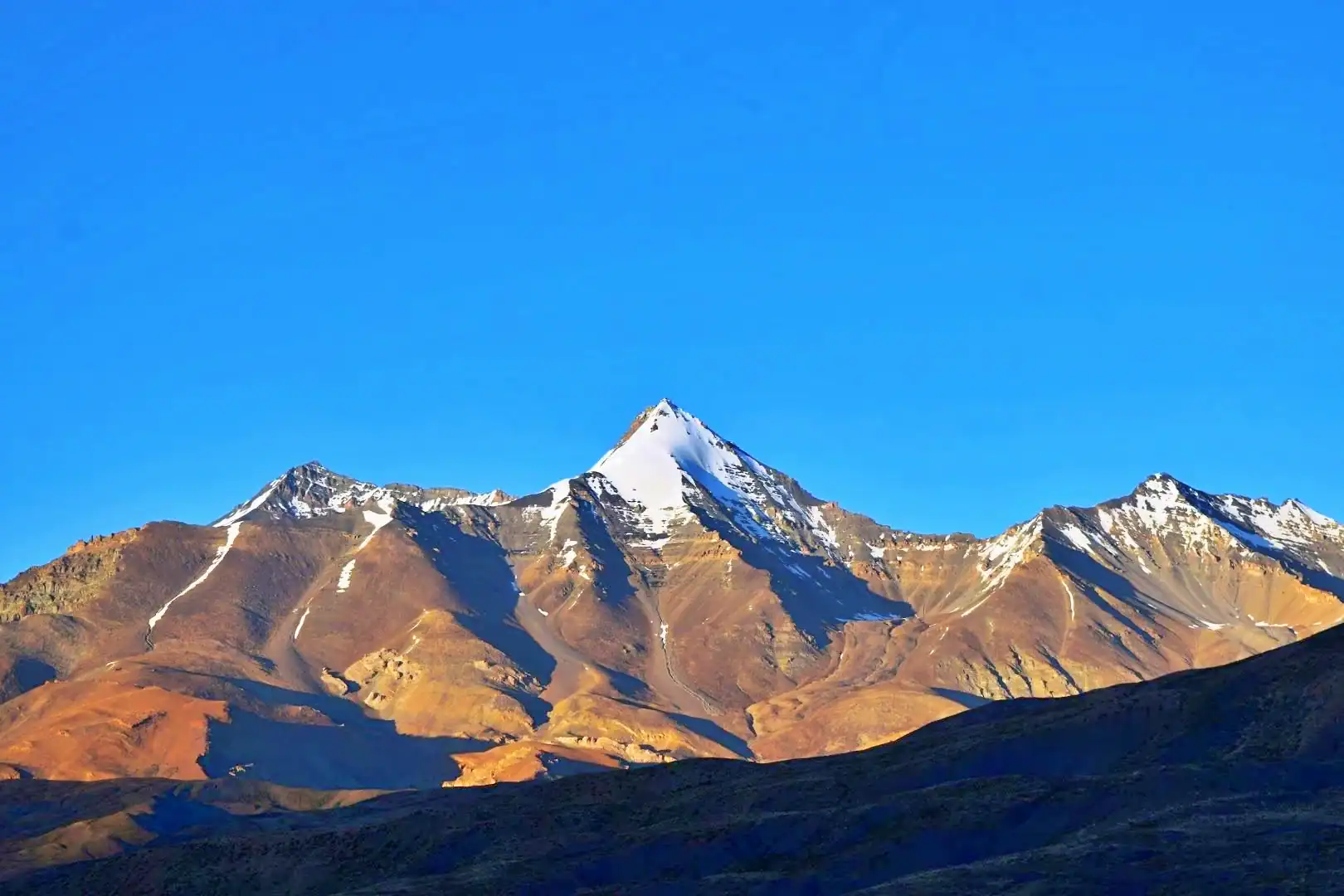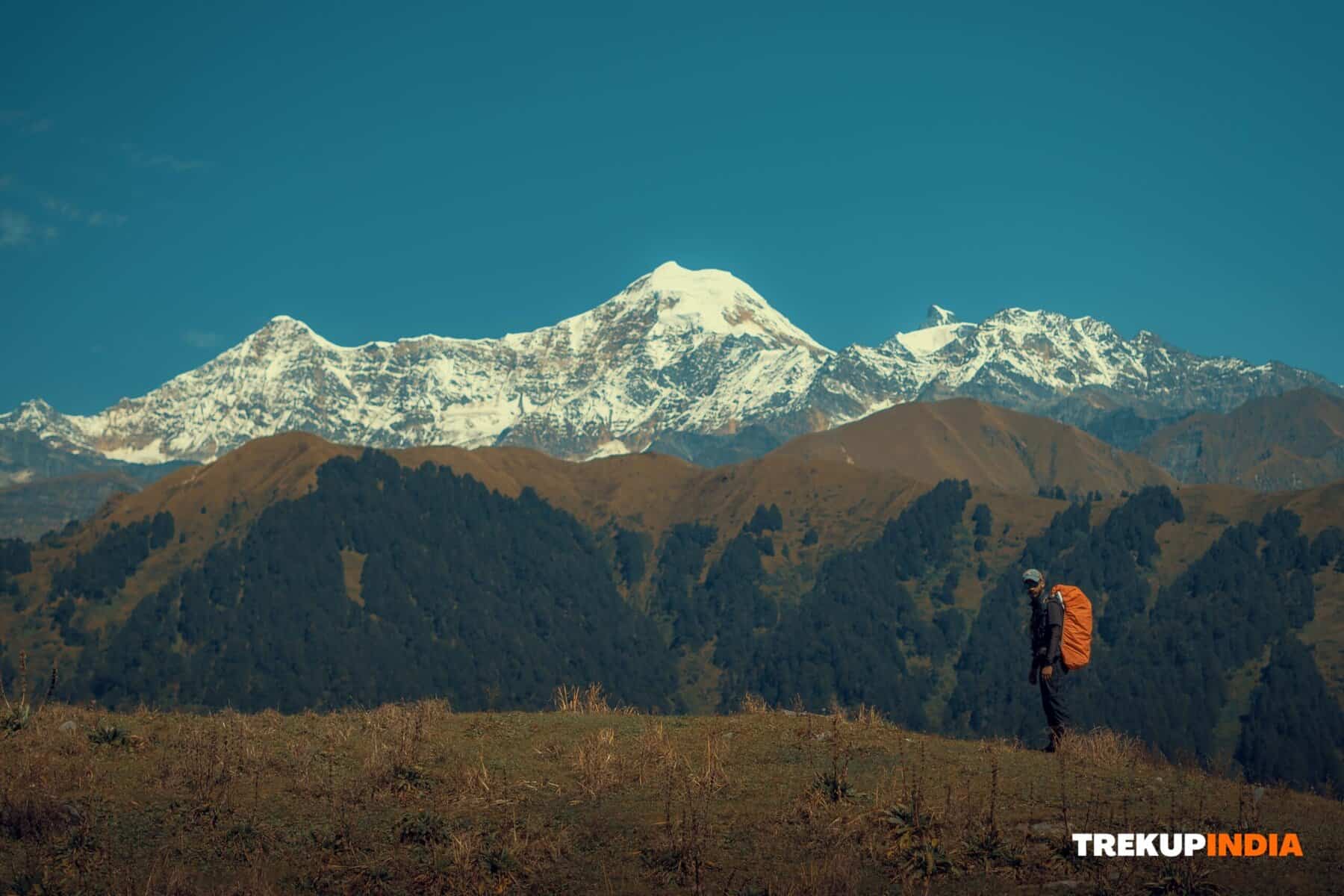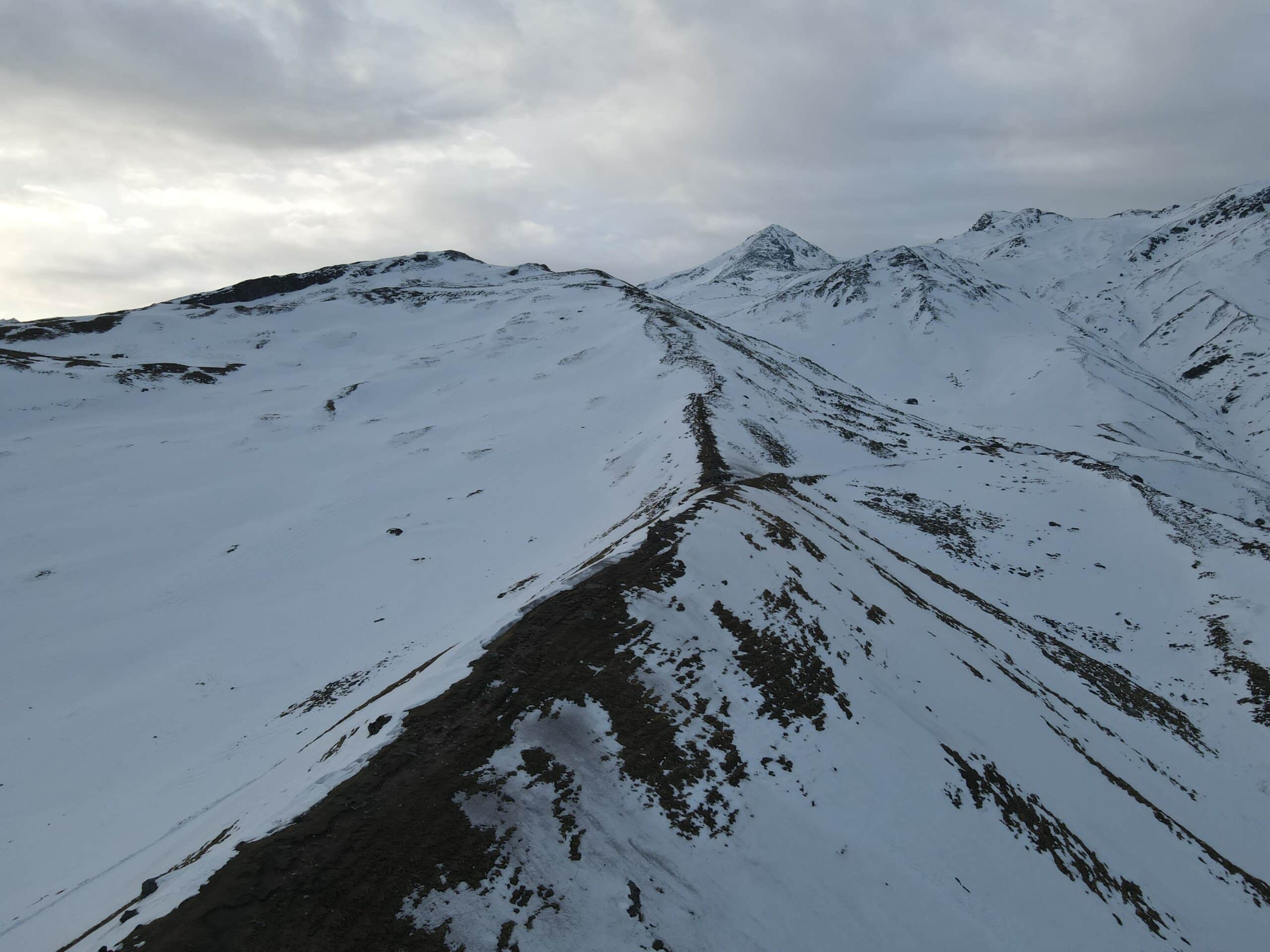Best Treks by Season and Difficulty Guide
A trek in the Himalayas is an exciting adventure. However, timing is the most important factor. Selecting the best trek isn’t about just picking the right location, but it’s about matching the appropriate terrain, climate, and level of difficulty to the ideal time of each year. No matter if you’re starting out or an experienced trekker at high altitude, choosing the appropriate season specific trek will give you stunning views, improved trail conditions, and a safer trek.
Here is the ultimate guide that combines seasonal tips and treks that are difficult from Trekup India’s selection.
Spring Treks (March - April)
Ideal for flowering forests, snowy remnants, and sunny weather.
Easy to Moderate
- Ali Bedni Bugyal Trek – Alpine meadows and forests are making a comeback.
- Brahmatal Trek – Frozen lake transitions to spring beauty.
- Chopta Chandrashila Trek – Rhododendron bloom and spiritual vibe.
- Kuari Pass Trek – Panorama of Nanda Devi with melting snow.
- Phulara Ridge Trek – Unique ridge walk through the greenery of spring.
- Dayara Bugyal Trek – Great spring meadows with fewer crowds.
Moderate to Difficult
- Roopkund The Trek – The perfect moment to get away from crowds, and with snow in the vicinity of the lake.
- Devkayra Trek – Unexplored and wild, spring is a time to be safe.
Summer Treks (May - June)
The best choice for high-altitude pass crossings, as well as lush valleys and accessible ski slopes.
Easy to Moderate
- Har Ki Dun Trek – Valley in full bloom, rich in legends.
- Hampta Pass Trek: A transition from desert to valley, covered in snow. Pass.
- Bhrigu Lake Trek: High-altitude alpine lakes with green valleys.
- Valley Of Flowers Trek (opens at the end of June). The pre-blooming greenery begins to show.
- Sar Pass Trek is ideal for a slide through snow and into the spring forest.
Moderate
- Gaumukh Tapovan Trek – Accessible glacier views.
- Pangarchulla Peak Trek – The final of the snowfall along the peak route.
- Sandakphu Phalut Trek – Clear views of Everest & Kanchenjunga.
- Chandrakhani Pass Trek – Lush Kullu Valley.
- Beas Kund Trek – Ideal short alpine adventure.
- Nafran Valley Trek – Peaceful and blooming.
- Tarsar Marsar Trek – Opens in June; lush and remote lakes.
Moderate to Difficult
- Rupin Pass Trek – The snow bridges, waterfalls, and an epic pass crossing.
- Buran Ghati Trek – Adventure trek with a dramatic descent.
- Kashmir Great Lakes Trek – Lakes begin to open up.
Monsoon Treks (July - September)
Best for Kashmir, Spiti, Ladakh, and rain-shadow Himalayan zones.
Easy to Moderate
- Marchoi Trek – Kashmir’s green trails in full bloom.
- Valley Of Flowers Trek – Peak bloom in July-August.
Moderate
- Tarsar Marsar Trek – Peak season for alpine lake beauty.
- Gurez Valley Trek – Underrated Kashmir valley trek.
- Bodpathri Lakes Trek – Accessible in monsoon months.
Moderate to Difficult
- Kashmir Great Lakes Trek – Most scenic monsoon trek in India.
- Pir Panjal Lakes Trek – High-altitude and offbeat.
- Satopanth Lake Trek – A spiritual as well as an alpine adventure.
- Markha Valley Trek (Ladakh) – Safe from rains.
- Miyar Valley Trek (Lahaul) – Stunning wildflower blooms.
Autumn Treks (October - November)
Ideal for sunny sky, gold landscapes or post monsoon vigor.
Easy to Moderate
- Brahmatal Trek – Crisp skies, perfect for mountain photography.
- Ali Bedni Bugyal Trek – Golden-brown meadows under clear skies.
- Phulara Ridge Trek – A Magical Post Monsoon Ridge on the Hill.
- Dayara Bugyal Trek – The vast meadows are filled with warm fall sunshine.
Moderate
- Gaumukh Tapovan Trek – The Glacier is more stable.
- Gurez Valley Trek – The forest, culture, and beautiful autumn colors.
- Pangarchulla Peak Trek – Clear route for the summit view.
Moderate to Difficult
- Baraadsar Lake Trek – Pure and clear Autumn reflections.
- Buran Ghati Trek – Last viable window.
- Devkayra Trek – Ideal quiet trekking.
- Khopra Ridge Trek – Nepal trek featuring Annapurna view.
- Rupin Pass Trek – Post-monsoon clarity.
Winter Treks (December - February)
Ideal for those who love snow with frozen lakes, snowy mountains, and alpine tranquility.
Easy to Moderate
- Kedarkantha Trek – India’s most popular winter-snow trek.
- Chopta Chandrashila Trek – Short snow trek including a visit to the temple.
- Nag Tibba Trek – Beginner-friendly snow experience.
- Dayara Bugyal Trek – Vast snow-covered meadows.
Moderate
- Chadar Trek (Jan-Feb) – Frozen Zanskar river trek.
Advanced & Expedition Treks (Best Season Varies)
Moderate to Difficult – Summer to Autumn
- Goechala Trek (Sikkim) – Oct-Nov for Kanchenjunga views.
- Bodpathri Lakes Trek – The trail will be open completely at mid summer.
- Annapurna Base Camp Trek (Nepal) – Mar to May or Oct to Nov.
Difficult – Expedition or Peak Treks
- Pin Bhaba Pass Trek – Crossover of Spiti and Kinnaur (Aug-Sept).
- Kanamo Peak Trek – High-altitude summit in Spiti (July-Sept).
- Warwan Valley Trek – Unexplored and remote (Aug).
- Mentok Kangri II Trek – Technical summit in Ladakh.
- Everest Base Camp Trek – Pre or post-monsoon seasons.
- Pindari Glacier Trek – Post-monsoon is best.
- Dafeybhir Pass Trek – Technical and remote.
- Kilimanjaro Trek – International trek; go Jan-March or Sept-Oct.
Challenging Treks – Limited Season
- Black Peak Expedition – Summer alpine climbing (June).
- Borasu Pass Trek – Exploratory crossover (June-Sept).
- Dhumdhar Kandi Pass Trek – The trek is open from summer to early fall only.
- Nanda Devi Base Camp – Restricted, rare window in post-monsoon.
- Kang Yatse II Trek – July-Sept, peak climbing in Ladakh.
- Stok Kangri Trek – The peak season is from June until mid-September (Note that access is limited from 2024.).
Summary Table – Quick Season Guide
Season | Easy–Moderate Highlights | Moderate to Difficult | Expedition/Peak Treks |
Spring | Chopta, Brahmatal, Kuari, Phulara | Roopkund, Devkayra | – |
Summer | Har Ki Dun, Hampta, Sar Pass | Rupin, Buran Ghati, Gaumukh | Markha, Miyar, Pin Bhaba |
Monsoon | Marchoi, VoF | Kashmir Lakes, Tarsar, Nafran | Kanamo, Warwan, Mentok |
Autumn | Ali Bedni, Phulara, Dayara | Pangarchulla, Baraadsar, Khopra | Goechala, Annapurna |
Winter | Kedarkantha, Nag Tibba | Chadar Trek | – |
Final Tip:
- Use season + difficulty to find your ideal trek.
- New trekker? Try Phulara Ridge, Ali Bedni Bugyal Trek (spring) or Kedarkantha, Chopta Tungnath Chandrashilla, Dayara Bugyal (winter).
- Are you looking for a challenge? Go for Buran Ghati, Rupin Pass, Gaumauk Tapovan, Bali Pass, Goechala (summer) or Kashmir Great Lakes Trek, Friendship Peak, Kanamo Peak (monsoon).
About Author

Preetam Singh Rawat (Founder)
The person behind this trekking organization is someone who’s spent over a decade – 12 years, to be exact – living and breathing the mountains. With multiple high altitude summits under his belt (we’re talking 6000 to 7000 meter peaks), he’s not just experienced – he’s the real deal.
But what really sets him apart is the sheer number of treks he has guided. He has led over 200 Himalayan expeditions, including well known routes like Bali Pass, Buran Ghati, Rupin Pass, Pin Bhabha, Stok Kangri, and Black Peak. Not just once, but multiple times. So yeah, when it comes to the Himalayas, he knows every twist in the trail and every story the mountains have to tell.
Got questions or want to get in touch? Write to Preetam at preetam@trekupindia.com. He’s always happy to chat about treks, answer your questions, or help you prepare for your next big adventure.
Share this article
Dates For Upcoming Treks
Want To Trek Like Pro?
Basically, watch these videos if you want to trek the same way professional trekkers do and make your skills better. These videos contain useful tips and techniques to further improve your trekking skills itself. These videos actually help both new and experienced trekkers improve their trekking skills. These videos definitely provide useful tips that make your trek better. We are seeing that these videos by Trekup India experts will only help you make your trekking skills better.
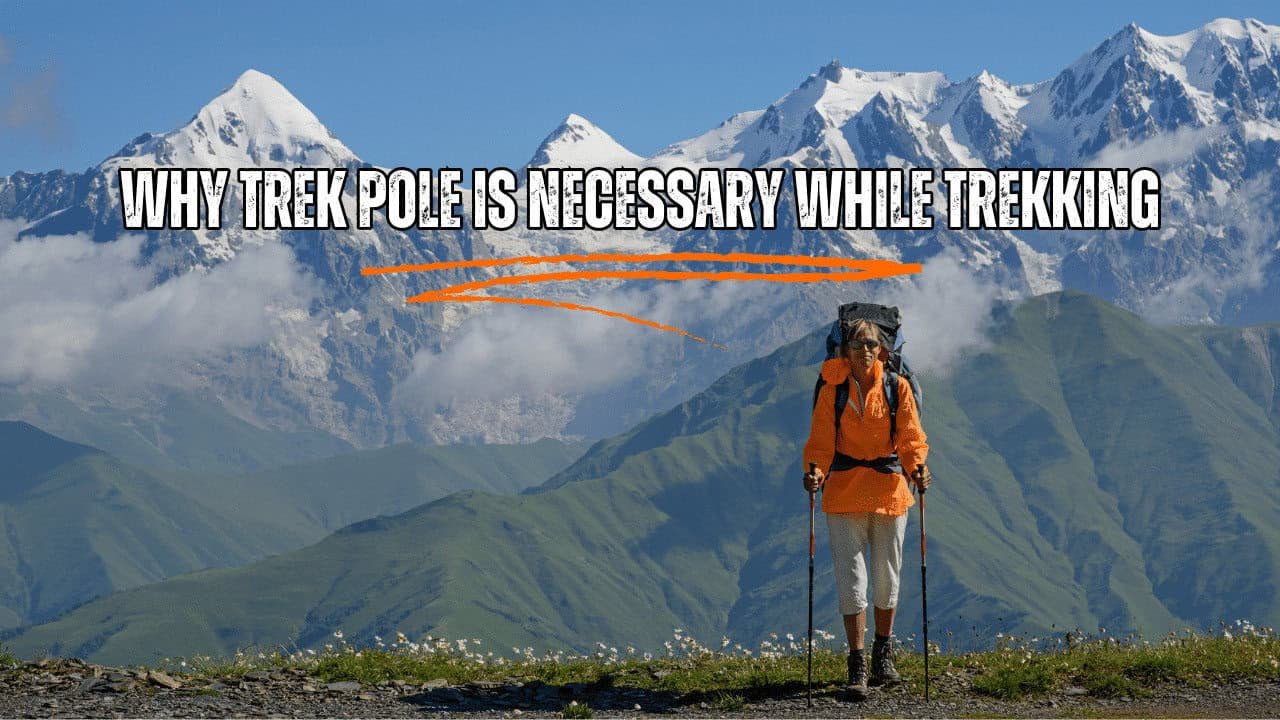
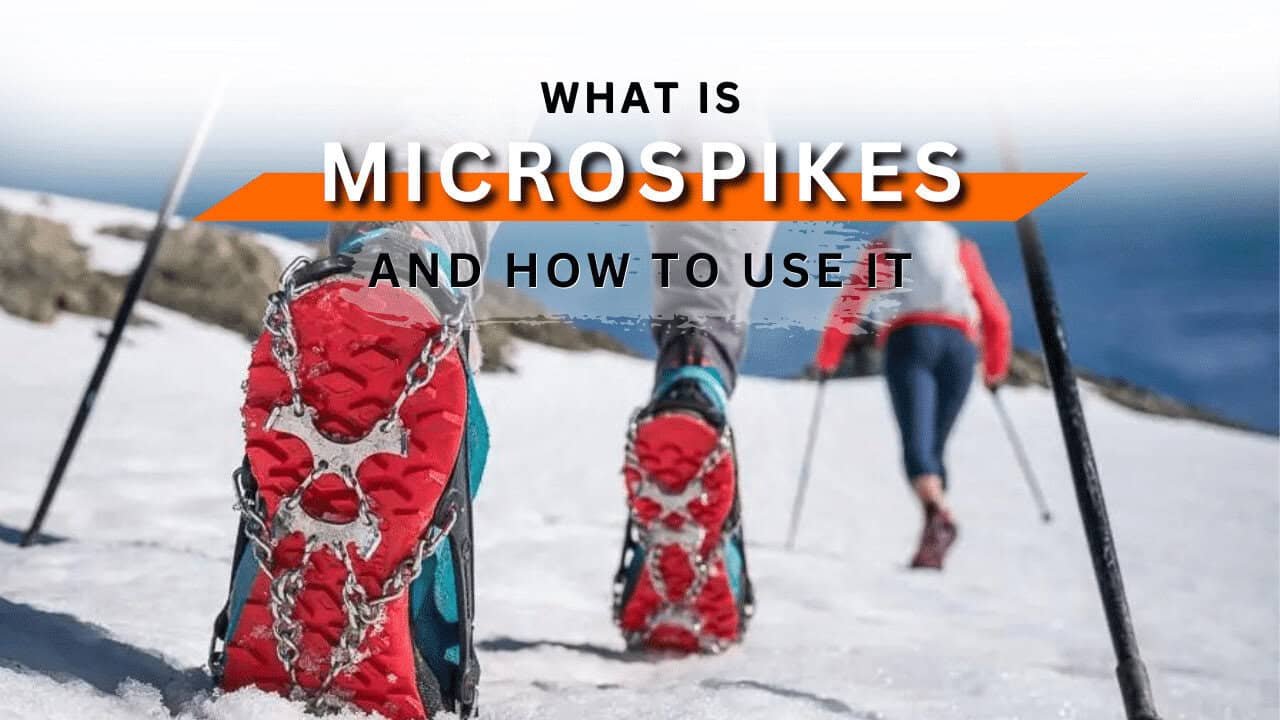
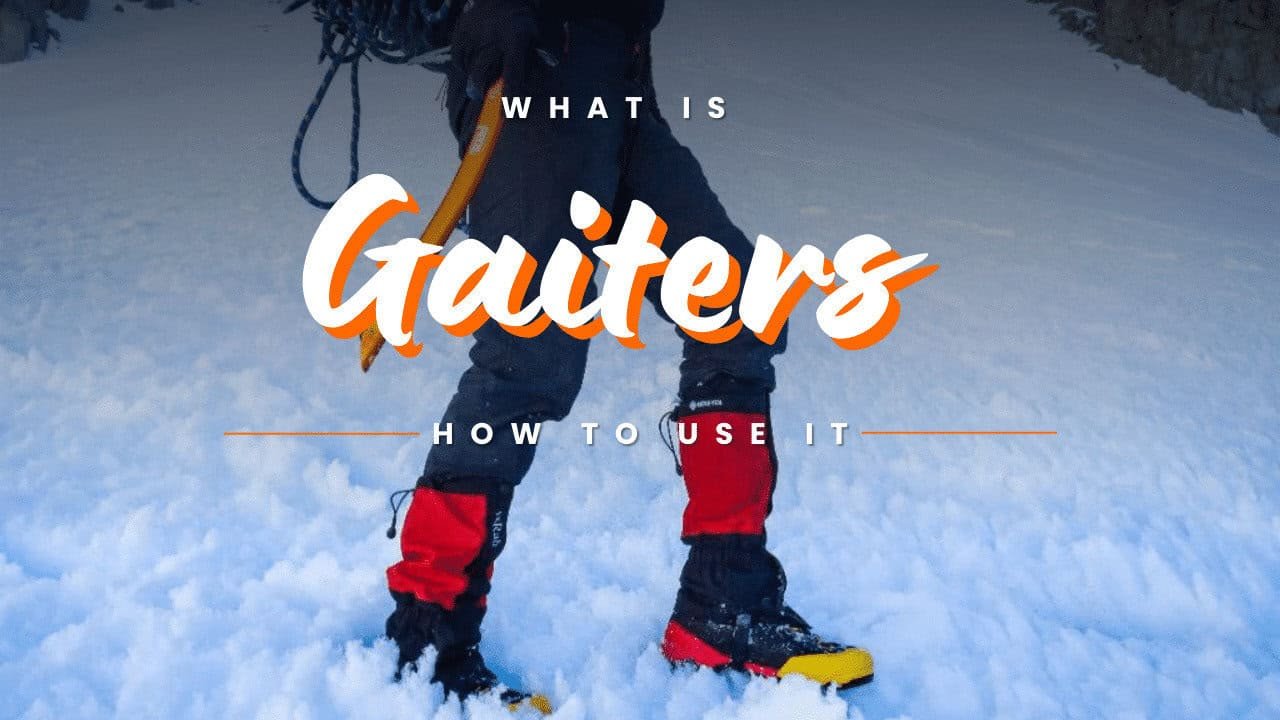
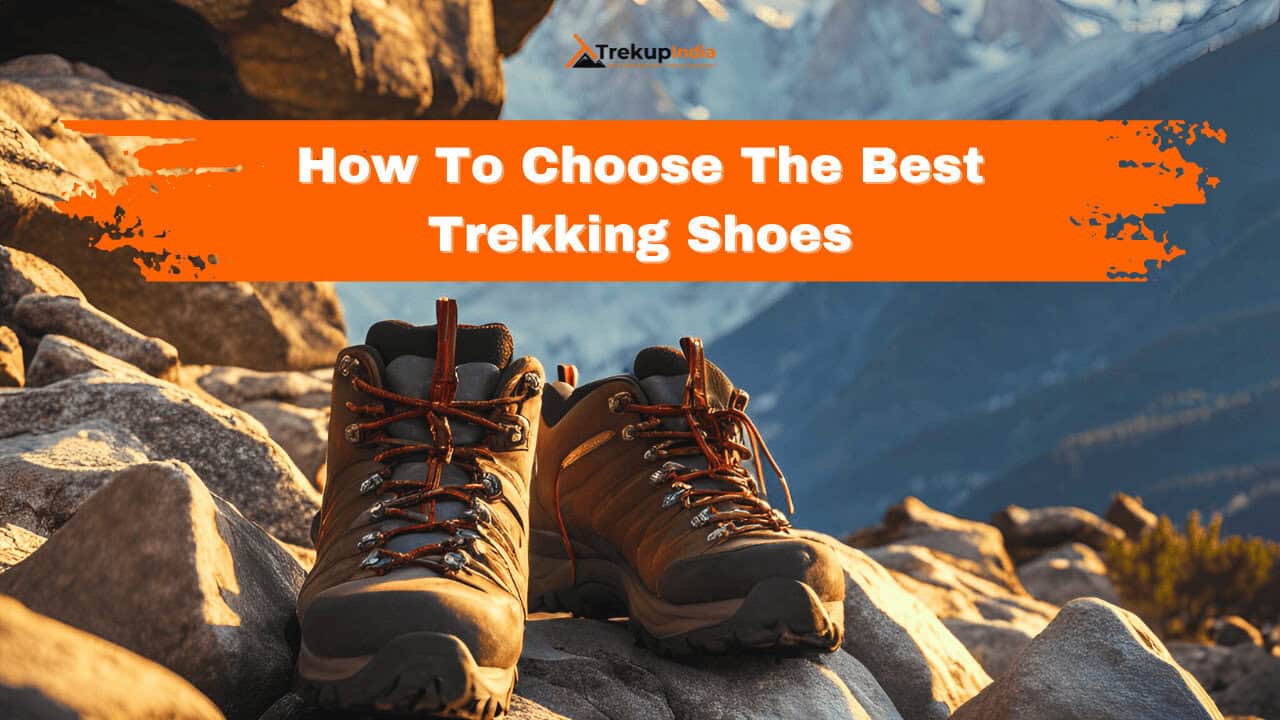

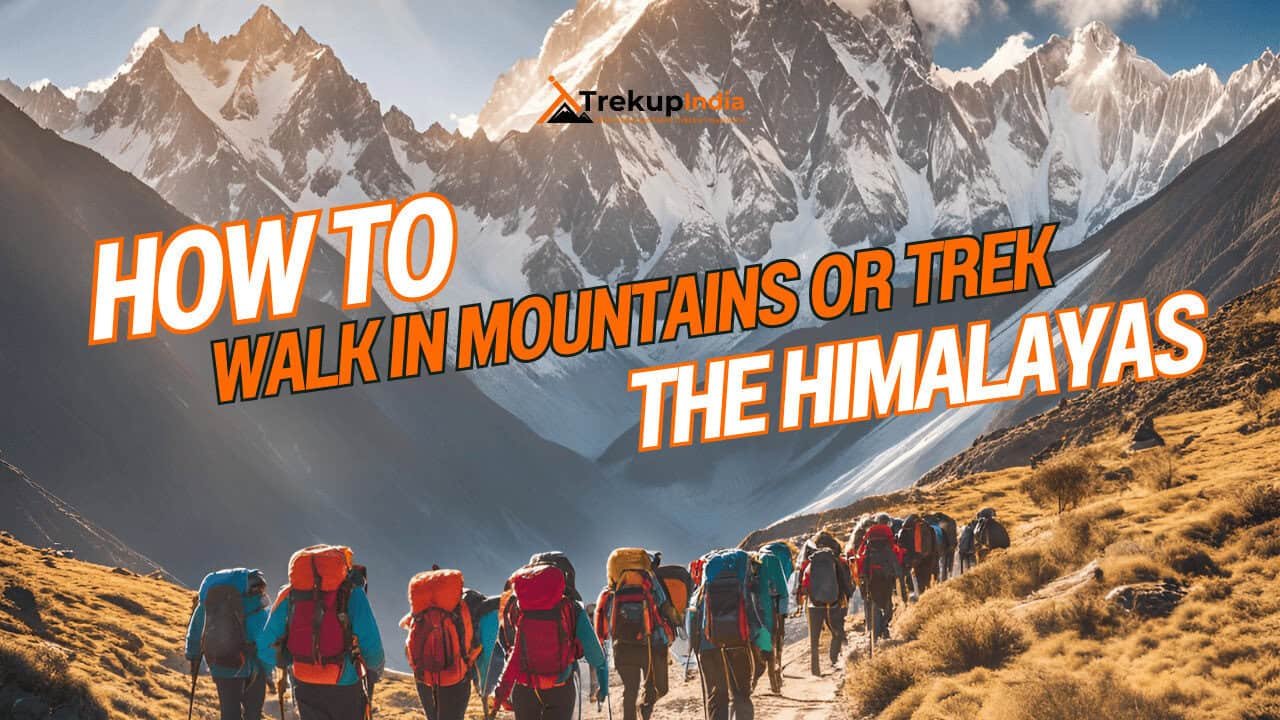

Know Everything About Acute Mountain Sickness
Acute Mountain Sickness occurs when people trek to high altitudes above 8,000 feet. This condition itself develops further due to reduced oxygen levels at such heights. Basically, as you go higher up, the air pressure and oxygen levels decrease, which causes the same problem. Acute Mountain Sickness surely causes headache, nausea, vomiting, and dizziness in affected persons. Moreover, peoples also experience difficulty in sleeping during this condition. To avoid mountain sickness, you should actually trek up slowly to higher altitudes. To learn further about this condition itself, watch the videos by Trekup India.
